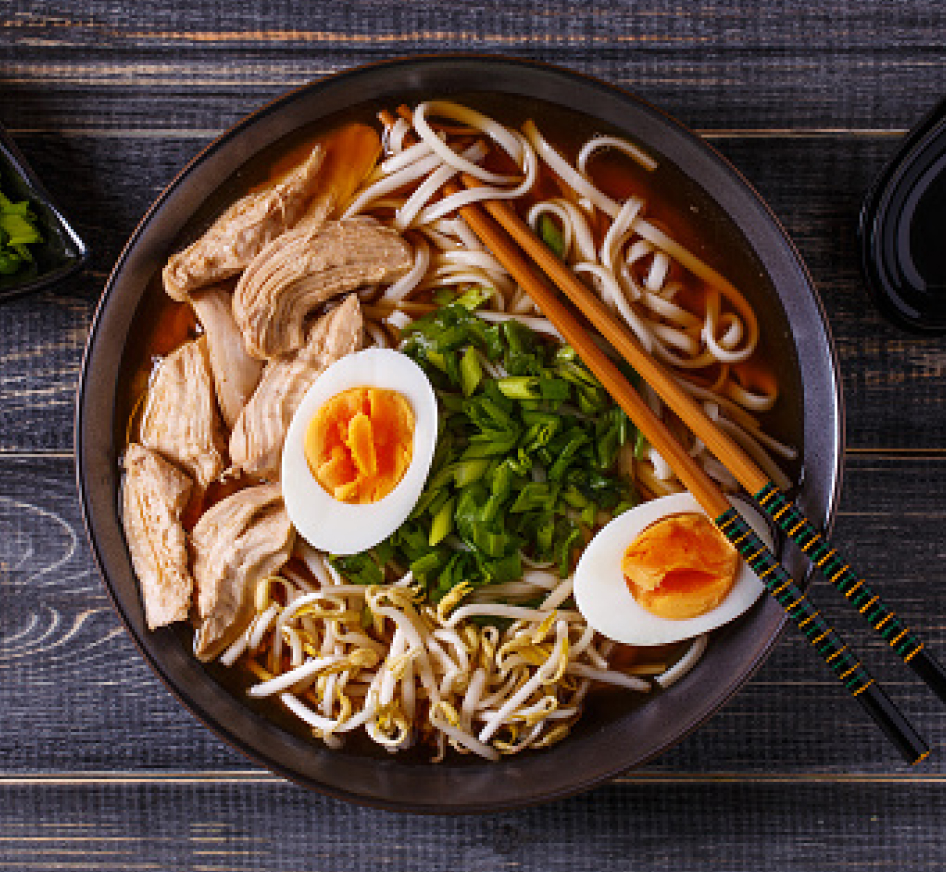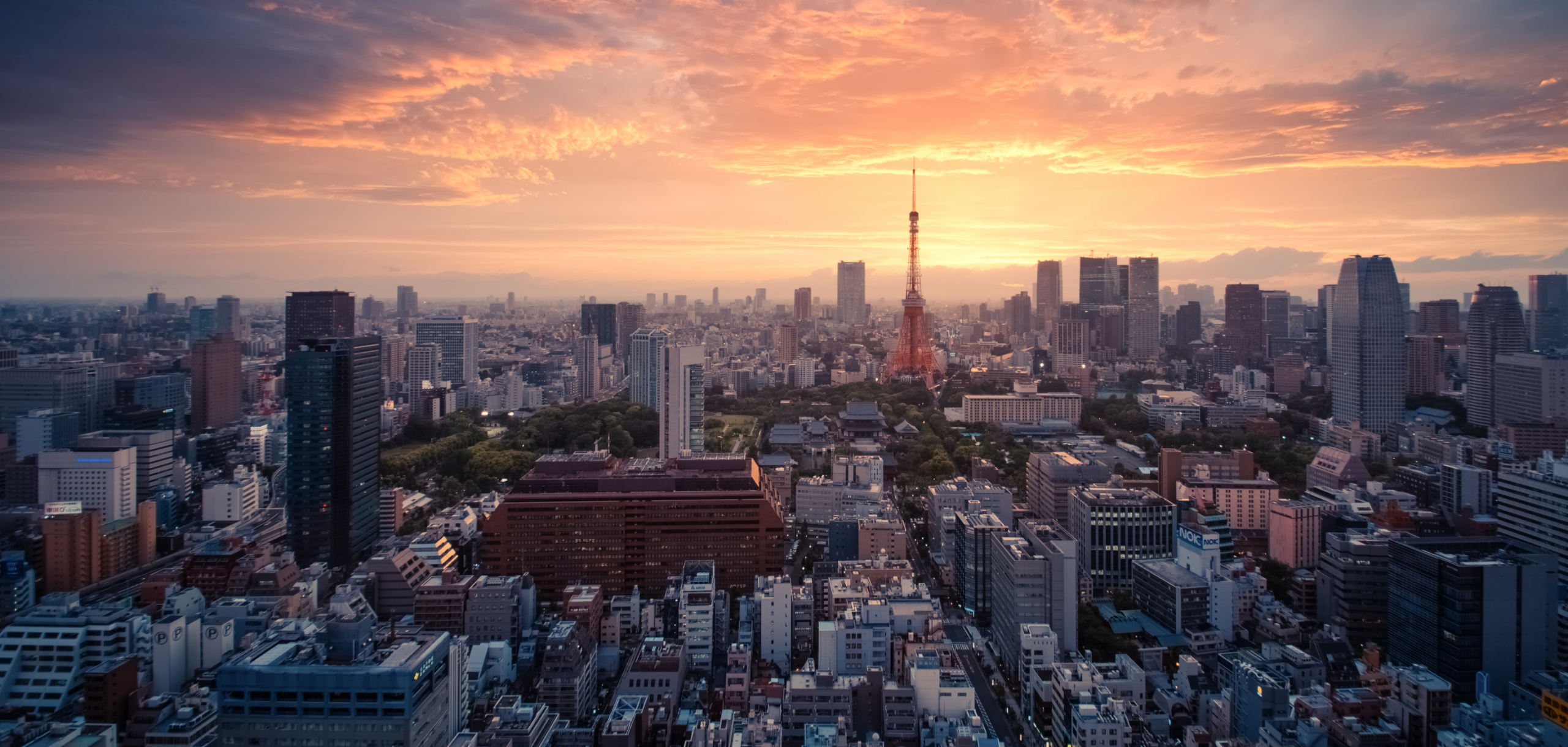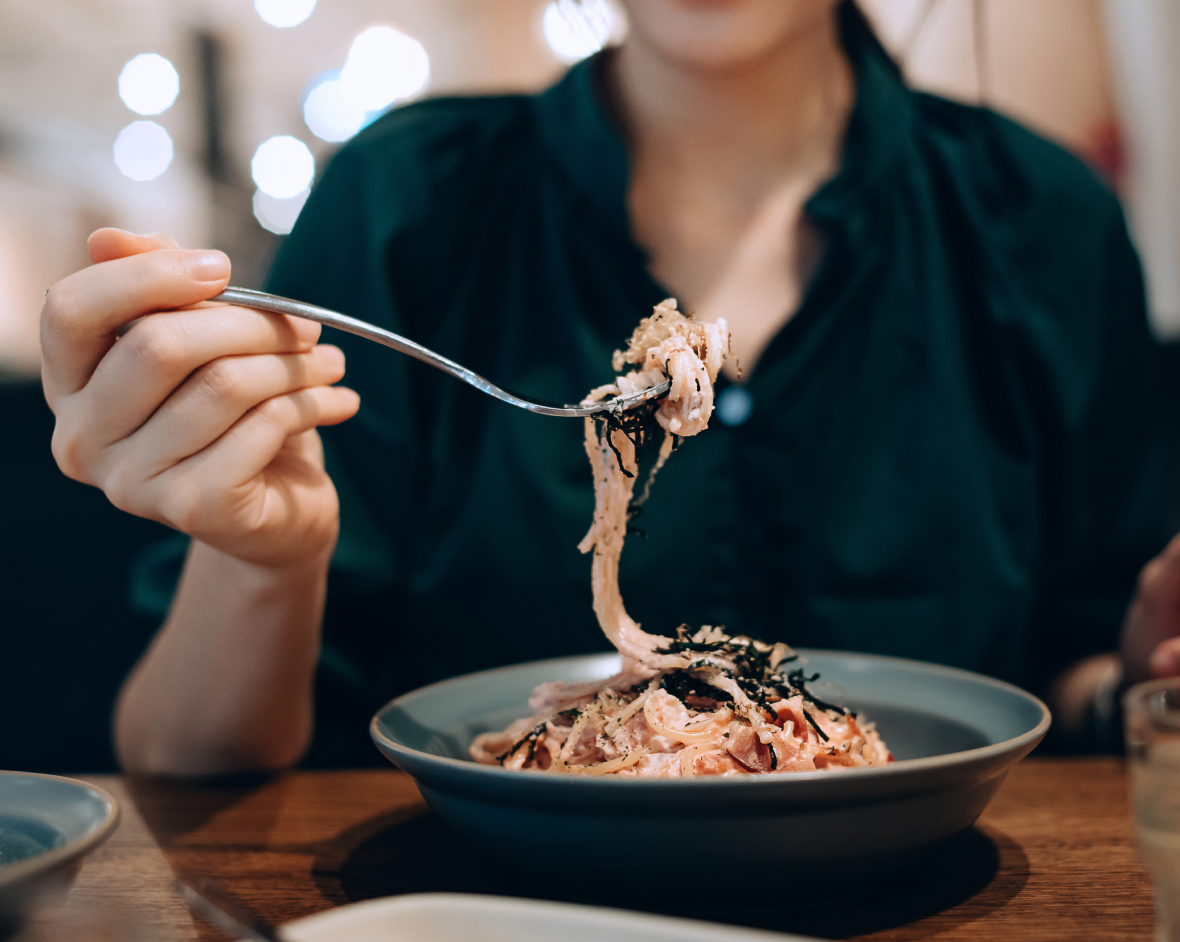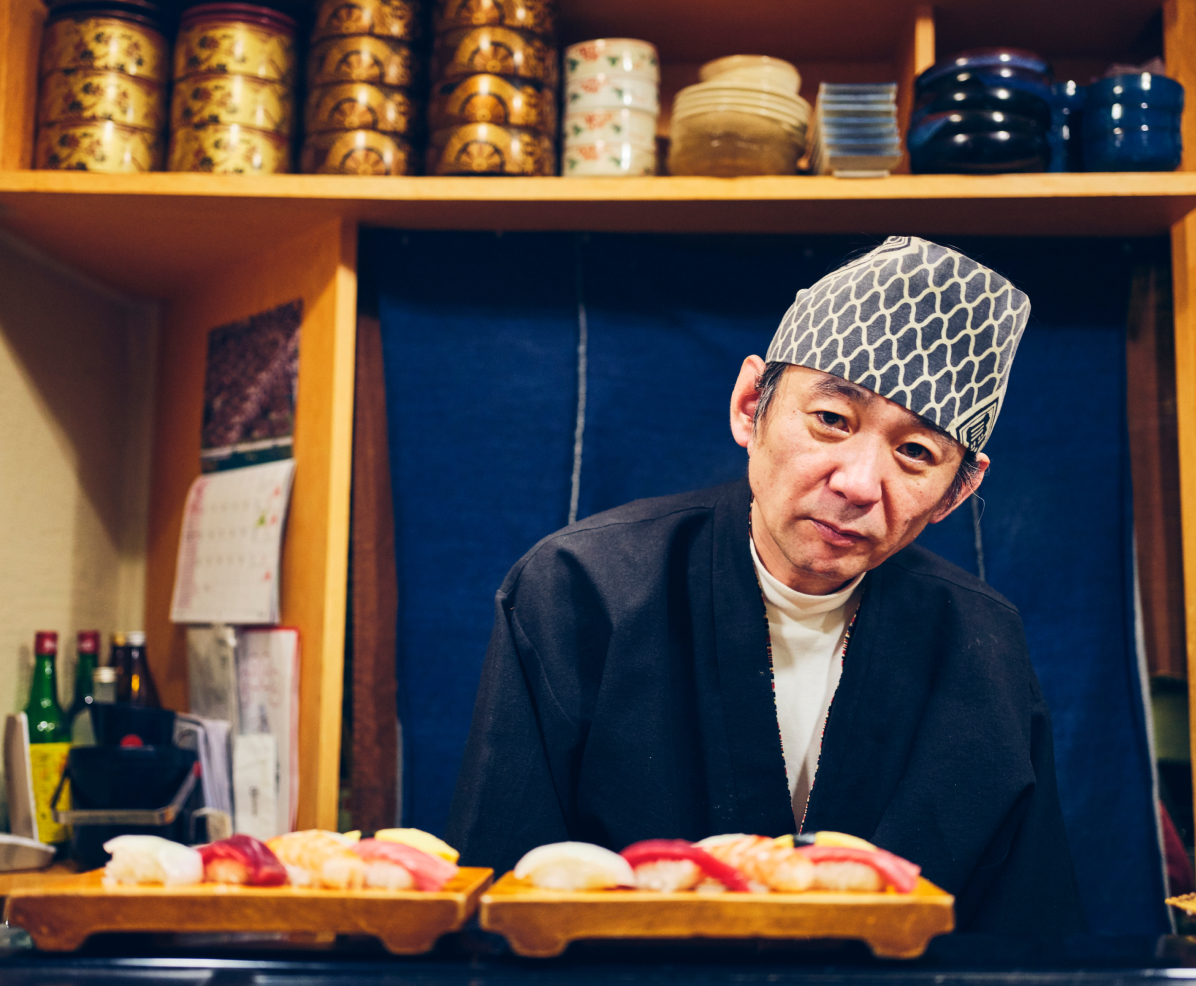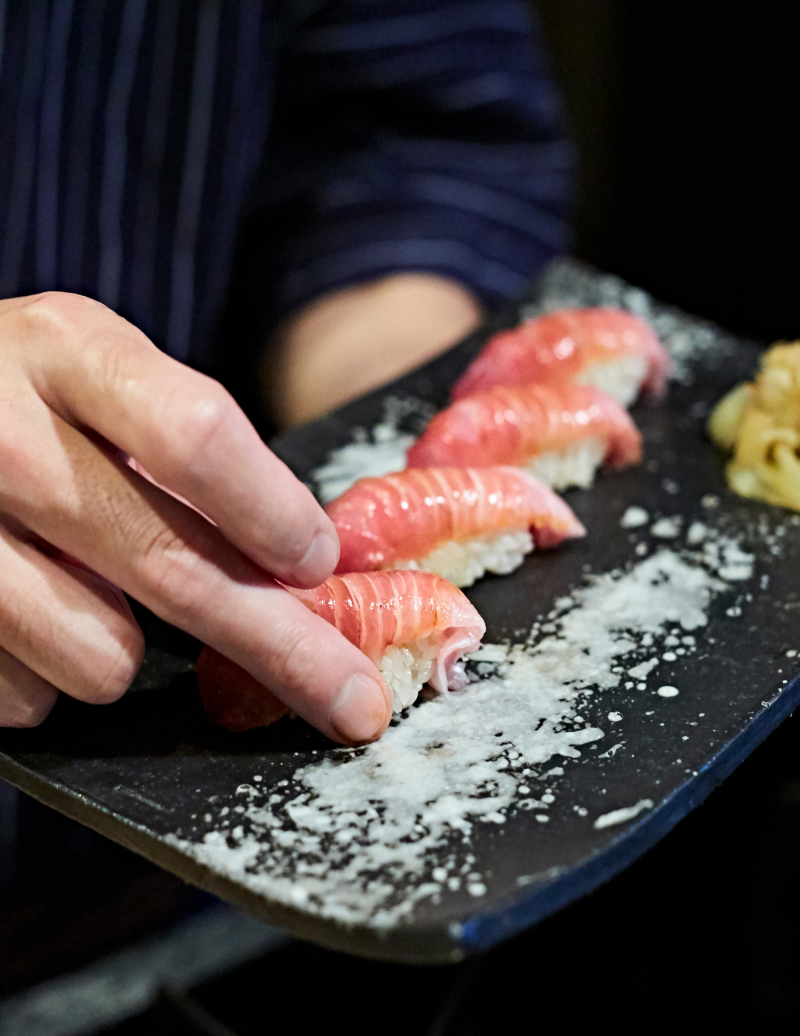Tasting Tokyo
From humble tempura joints to extraordinary multi-course kaiseki feasts, this foodie’s paradise has something to please every palate.
The most populous city in the world and one of the most enthralling culinary destinations, Tokyo can sometimes seem to be home to nearly as many restaurants as residents. This isn’t a metropolis of sprawling sidewalk cafes. Rather, eateries here are often cubby sized, some with only a table or two, many tucked into alleys or on the upper floors of buildings. To discover hidden gems, look up, look around bends, or look for lines.
expect the unexpected
More delectable eats can be found in some unexpected places. In the basements of posh department stores in Ginza or Shinjuka, among other shopping districts, the expansive, gourmet food halls known as depachika offer a staggering variety of fare—gorgeous French pastries and traditional mochi balls stuffed with sweet red bean paste; flawless fruit presented like fine jewelry; kakigori—mounds of shaved ice doused with matcha syrup; nigiri-zushi (bite-sized sushi) and paper-thin slices of fugu (blowfish); even caviar and champagne. Many department stores have rooftop picnic spaces where you can tote your food to enjoy the views.
Tsukiji, Tokyo’s famed fish market, was relocated a few years ago. The outer market with its dense maze of food vendors remains, however, and it’s well worth a visit for a meal comprised of stellar street eats, including a wide variety of items on a stick—grilled eel, cooked tuna, and tamagoyaki (rolled omelets) among them.
Need to grab something on the go? Do what locals do and stop in at a konbini, the 24-hour convenience stores that you’ll see on every street in Tokyo, for ready-to-eat snacks like onigri, Japanese rice balls, or the crustless egg salad sandwiches known as sandos.
If you have a day trip planned from the city, be sure to leave time to choose among the huge variety of bento boxes, or ekiben, that are sold at train stations. Then, Head north to Nikko, with its 126-acre shrine complex that is a UNESCO World Heritage site, or south to the mountainous region of Hakone, known for its hot springs and open-air museum. Some ekiben are offered in innovative self-heating packaging to warm dishes like beef tongue or stir-fried yakisoba that you can enjoy—with the views—along the way.
walk it off
If you’re a guest of the hotel you might want to make an after-dinner stop at the concierge desk and sign up for “run and walk Tokyo,” the Ritz-Carlton’s complimentary hour-long morning walk around some favorite landmarks in the Minato area. You’ll likely glimpse at least a place or two where you’ll want to return for breakfast, including one American favorite: pancakes.
The city has gone through a pancake boom these last few years, and you can find some extraordinary stacks in nearby Shibuya, complete with syrup and all the fixings.
Learn how Chase Sapphire Reserve® can help
inspire your next culinary adventure.
